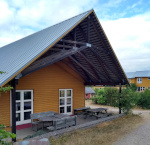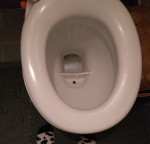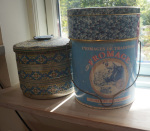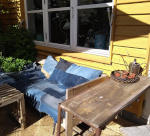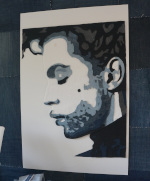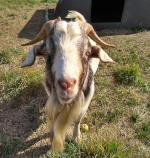Life
Moving into an ecologic co-housing village
Although humans are said to be social animals, many people choose to live alone. It’s a choice that becomes easier, I think, if there’s no partner involved (or that person lives on another continent!). I lived alone for 4 years in a small studio apartment inside Copenhagen, which was immensely convenient while writing my PhD and having a long-distance relationship for most of that time. However, after those 4 years I decided that, at least for the time being, I need companions in the house, regardless of where my boyfriend lives.
Interestingly, I’ve always had strange, but good luck in finding roommates. Lately in Arizona, where I lived in a shared house with 4 wonderful roommates and a large garden. Now in Denmark, I had only been searching online for a couple of weeks, when I came in contact with my current landlady, Anette Warming. We quickly found out that we have the same drive and energy to start many projects and not let fear or doubt hold us back, for better or for worse! For Anette, it meant quitting a job in IT and starting her own company built around ideas of sustainability and human connection. For me, it meant putting my career in astronomy on hold while I try research in the field of renewable energy and making a difficult move from a place I had begun to love. You can about read the company “Bevar” that Anette created here: https://bevar.dk/anette-warming/, and also see some of her products below made of used/rejected jeans.
After a few emails and some pictures of the house, it was decided that I could move in on July 1st together with a french girl studying at Roskilde University. I have a really good feeling about living with these women, but that is not where my luck ends!! We also live in the biggest ecologic co-housing place in Denmark! It’s called Munksøgård.
About Munksøgård
About 25 km west of Copenhagen, the capital of Denmark, Munksøgård is a collection of row houses built around an old farm in the outskirts of Roskilde city. This small “village” contains about 75 children og 160 adults distributed in 5 “units”:
- Unit 1: Youth, typically for students.
- Unit 2: Family, for couples with children. Typically they rent their home.
- Unit 3: Owners, who actually bought their house.
- Unit 4: Cooperative owners, who own a share of the real estate.
- Unit 5: Senior, typically for retired people.
I live in the Family unit since the children of Anette recently moved out and she is able to rent out two rooms in her house. Each unit has a common house with an industrial kitchen where residents organize and have dinners together, at least 2-3 times a week.
The village, which stood finished in 2000, is part of the association for Sustainable Cities and Buildings (FBBB). Heating takes place via water boilers, heated via solar panels and wood pellet burners. Building materials have been carefully chosen to lessen the environmental impact, from isolation to paint, and rain water is collected and used for gardening and laundry. Surrounding the buildings are vast areas of land used for farming and animals. In particular, we’ve got plenty of apple trees as well as goats, sheep and chicken. There’s a village shop, which sells ecologic and mostly local goods, including crops and meat produced within Munksøgård.
So far, I’m absolutely in love with the architecture which stimulates social activities. Also, since I’m just renting a room and not a house, I’m not obliged to participate in any of the working groups here (for e.g. drainage, shop, internet etc.), but I’m very fond of goats, so I help out with the animals almost every evening.
You can read more about the village at this website.
Click on the images below to see them in full size with captions:
BLOG


